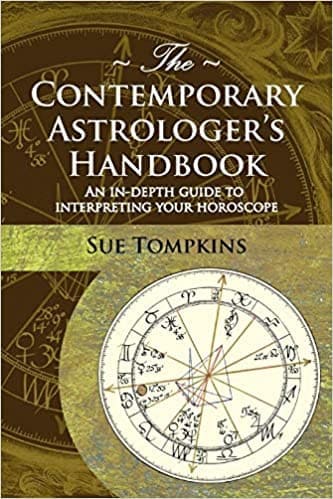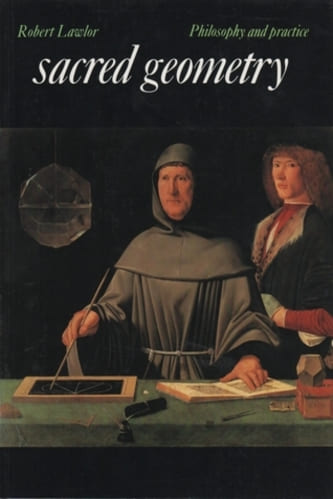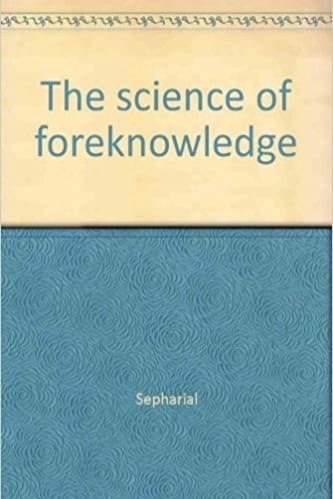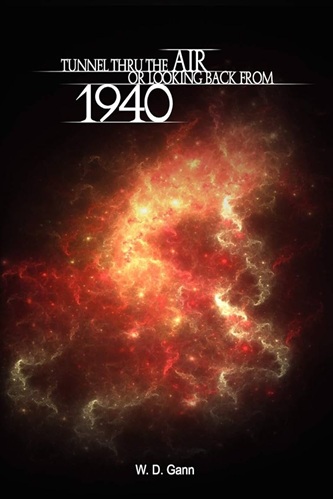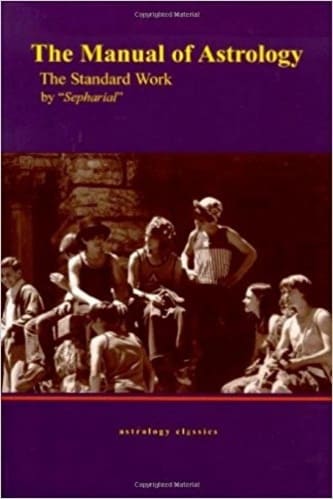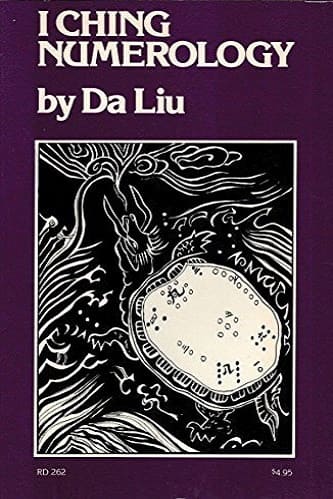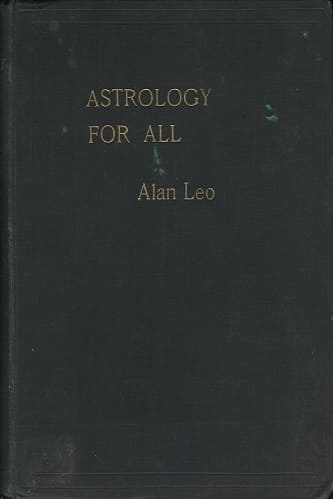The Contemporary Astrologer’s Handbook: An In-Depth Guide to Interpreting Your Horoscope
$20.92
| Author(s) | |
|---|---|
| Format |
|
| Pages |
489 |
| Published Date |
2006 |
The Contemporary Astrologer’s Handbook is the long-awaited, complete guide to horoscope interpretation by Sue Tompkins, author of the modern classic Aspects in Astrology. Drawing on Sue’s 30 years of experience as a leading light in her field, this manual presents an in-depth exploration of the planets, signs, houses and aspects, and guides the reader through the essential stages of chart delineation.
Introduction:
Some form of astrology has probably been practised in all cultures since civilization began. Seemingly, the roots of Western astrology date back at least several thousand years before Christ and to an area which embraces modern-day Iraq and parts of Syria and Turkey. While the history of astrology is rich and complex, the philosophical implications of the subject are arguably even greater.
Anyone who studies astrology seriously for a while will discover for themselves that it does work and, having made that discovery, questions such as ‘How can it work?’ start to exercise the imagination. Then those other, sometimes dormant, often nagging, questions such as ‘Why am I here?’, ‘Who is God?’ also re-assert themselves. As with any rich and exciting subject, astrology can present us with as many questions as it answers. Regrettably many of the wider philosophical ramifications of astrology, and speculations as to how it might work, have to be largely set aside here.1 What follows are a few, fairly standard, philosophical principles which underpin my particular way of viewing and practising astrology.
One of the issues that astrologers and would-be astrologers alike grapple with is the issue of fate and free will. One question is: If astrology is true does it mean that our lives are fated? For me, the answer to this question is to be found in the Yes and No universa l box of answers. Undoubtedly we must take full responsibility for our lives and for both our successes and failures, and to some extent we are also responsible for much that happens around us. Equally, there is nothing that happens to us, and nothing that we do, which is not reflected as a possibility or likelihood in our horoscope. The natal chart is basically a map of potential.
Like a picture on a packet of garden seeds, it shows what we might become. Perhaps the best way of viewing the fate and free will question is to turn to the subject of maps. After all, the birth chart is quite literally a map for a particular moment. Talking metaphorically, imagine that you were born with a map of the Kalahari Desert and that I was born with a map of Birmingham. One might say that the Kalahari is your fate and that Birmingham is my fate. Our choices and potential are different. I have roads and canals that I can go up and down, and shops I can frequent but just because I have all the various features in my map it doesn’t mean that I will visit them or, if I do, that I will do so consciously.
In your map of the Kalahari you have different choices: choices of country, choices of game park, choices of whether to keep cattle or hunt wild game, choices as to whether you listen to the weaver birds or notice the acacias. So we both have at least some degree of free will but our choices are circumscribed by the perimeters of our particular map. Such perimeters might be described as our fate.
Contents:
- irst Things First – Philosophical Underpinnings
- Elements and Modes
- The Zodiac Signs
- The Planets and Other Essential Bodies
- Aspects and Planetary Combinations
- The Houses
- Non-Essential Bodies
- Steps Towards Chart Interpretation and Synthesis
The Contemporary Astrologer's Handbook: An In-Depth Guide to Interpreting Your Horoscope By Sue Tompkins pdf

